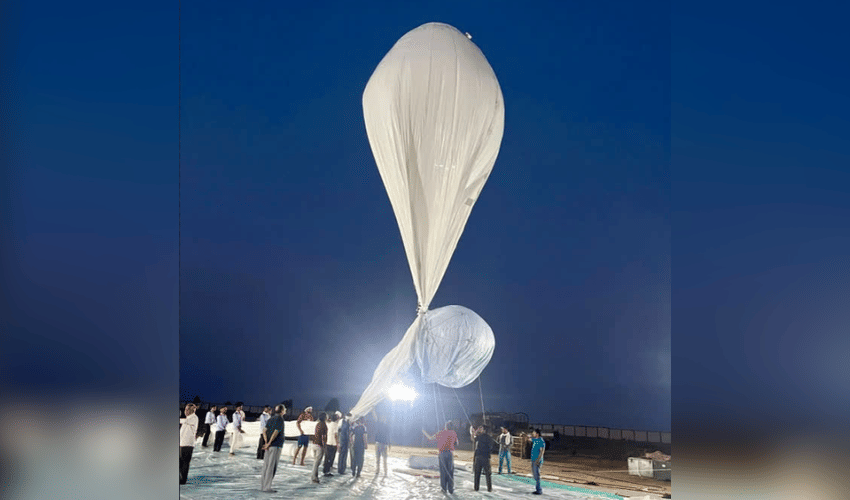Military
India's DRDO Begins Second Phase of Stratospheric Airship Trials in Madhya Pradesh

The Defence Research and Development Organisation (DRDO) of India is advancing its ambitious Stratospheric Airship Platform project by initiating the second phase of flight trials at Sheopur, Madhya Pradesh. This expansion builds on the successful maiden flight achieved in May 2025, marking an important stride in indigenous high-altitude surveillance and atmospheric research capabilities.
The upcoming series of launches, scheduled for October 18, 19, 25, and 26, will take place at the newly developed Jakhada Jagir test site near Sheopur. DRDO plans to deploy helium-filled airships equipped with sophisticated sensors and data-collection systems to assess their performance, endurance, and stability at stratospheric heights around 17 kilometers. This phase aims to rigorously evaluate the airship’s onboard payloads, real-time telemetry, and long-duration flight capabilities under harsh atmospheric conditions.
DRDO’s stratospheric airship operates in the 15 to 20 km altitude band, an area above conventional air traffic and weather disturbances, providing a unique vantage point for continuous, covert surveillance across large areas. The platform’s suite of electro-optical sensors and communication modules enhances India’s Intelligence, Surveillance, and Reconnaissance (ISR) potential while offering multi-domain uses from environmental monitoring and disaster management to border security.
Compared with satellites, this airship offers a cost-effective alternative with significantly lower operational expenses—potentially ten times cheaper—and the ability to remain airborne for weeks. Unlike satellites that transit fixed orbits, the airship can loiter persistently over target areas, a critical advantage for real-time observation and rapid response scenarios. Additionally, its quieter profile and minimal radar signature make it an ideal choice for discreet intelligence gathering.
The maiden flight in May demonstrated that the airship could safely ascend to 17 km and sustain flight for over an hour while transmitting valuable sensor data to ground stations. It validated key technologies such as envelope pressure control and emergency deflation mechanisms, confirmed material durability, and affirmed altitude stability — achievements that place India alongside global leaders like the United States, Russia, and China in stratospheric airship technology.
Local authorities in Sheopur have issued advisories to inform residents about the ongoing test flights, ensuring public safety and smooth operations. The project's success underscores India’s drive to develop cutting-edge aerospace technologies indigenously, enhancing strategic autonomy in high-altitude platforms for defense and scientific missions.
DRDO aims to operationalize this platform for persistent aerial surveillance, strategic reconnaissance, and scientific research, including radiation and atmospheric studies. There is also potential for solar-powered versions that could extend operational endurance to weeks or months, drastically changing the dynamics of India’s aerial intelligence landscape. DRDO’s Stratospheric Airship Program exemplifies a leap forward in India’s aerospace and defense innovation, promising to provide continuous, cost-efficient, and highly versatile monitoring capabilities critical for national security and environmental management in the years to come.



